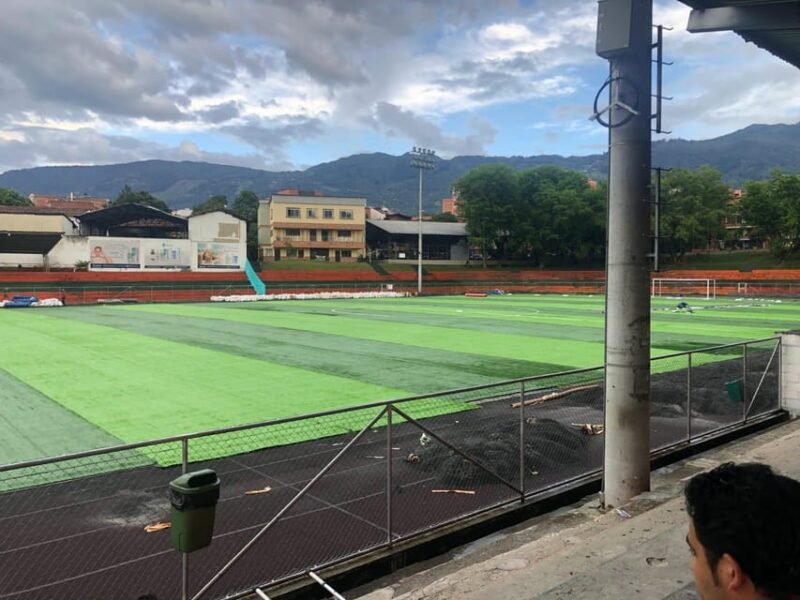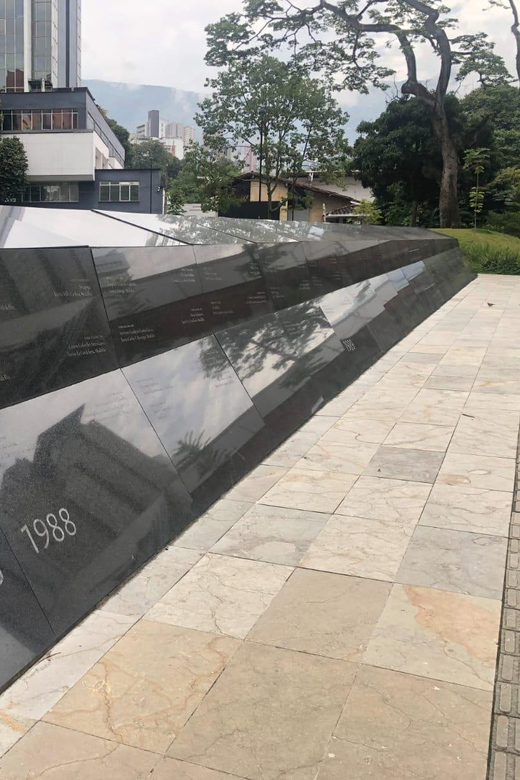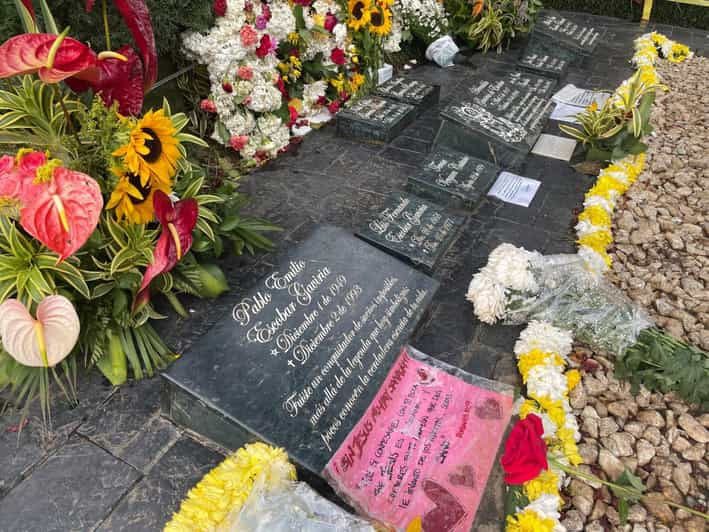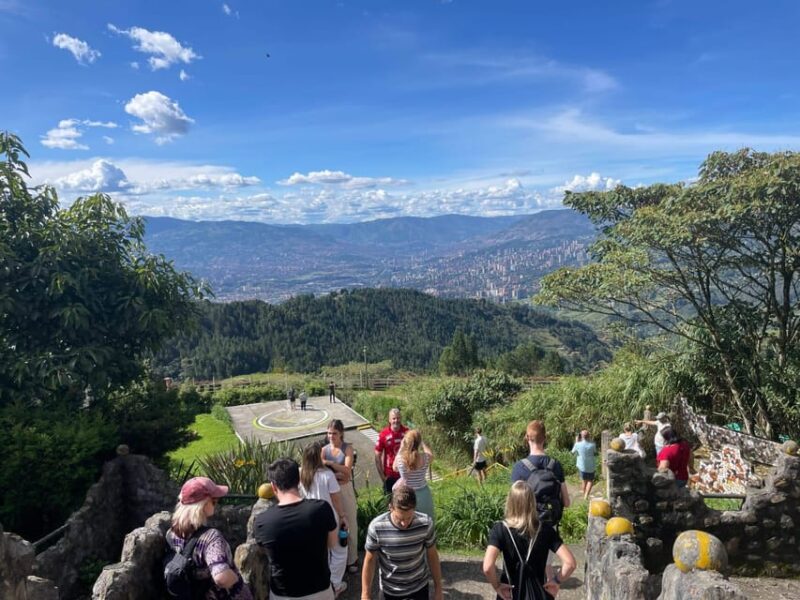The name Pablo Escobar has become synonymous with the drug trafficking world’s dark allure. As the leader of the Medellin cartel, Escobar dominated the global cocaine trade in the 1970s and 1980s, relying on sophisticated smuggling techniques, immense wealth, and ruthless tactics to eliminate competition and secure power. His influence not only reshaped Colombia’s socio-economic landscape but also highlighted the international ramifications of drug trafficking, cementing Escobar’s legacy as one of history’s most notorious criminals. What secrets lie within the depths of Escobar’s story, and what can we learn from the rise and fall of this elusive figure?
Key Points

-
Pablo Escobar led the infamous Medellin drug cartel, dominating the international cocaine trade in the 1970s and 1980s through violent and corrupt tactics.
-
Escobar’s criminal empire amassed over $30 billion, allowing him to bribe officials and operate with near impunity, destabilizing the Colombian government and economy.
-
Escobar’s downfall came when the Colombian government, with U.S. support, launched a massive manhunt that ultimately resulted in his death in 1993, marking the end of the Medellin cartel’s reign.
-
Escobar’s legacy as a complex, ambiguous figure continues to shape the ongoing debate about the drug trade and its far-reaching societal impacts in Colombia and beyond.
-
The Pablo Escobar Tour offers visitors a firsthand look into the history of Medellin’s drug trafficking era, providing historical context and unbiased perspectives on this notorious figure.
Medellin’s Dark Period

In the late 1970s and 1980s, Medellin, Colombia experienced a dark period marked by the rise of the powerful Medellin drug cartel led by Pablo Escobar.
Escobar’s criminal empire was built on the production and distribution of cocaine, which he smuggled to the United States and other international markets.
The cartel’s activities included bribery, kidnapping, and murder, as they sought to protect their lucrative operations.
This era of violence and lawlessness had a devastating impact on the city and its residents, who lived in fear of Escobar’s ruthless tactics.
The Medellin cartel’s reign of terror became a symbol of the country’s struggle against the scourge of drug trafficking.
You can also read our reviews of more tours and experiences in Envigado.
Escobar’s Impact on Colombia

Pablo Escobar’s impact on Colombia was profound and wide-ranging. As the leader of the Medellin Cartel, Escobar’s drug trafficking operations fueled violence, corruption, and instability throughout the country. The table below illustrates some of the key impacts:
| Impact | Description |
|---|---|
| Political | Escobar infiltrated government, bribed officials, and undermined democratic institutions. |
| Economic | Cartel’s vast wealth distorted the economy, leading to inflation, money laundering, and reliance on illicit funds. |
| Social | Escobar’s ruthlessness and ostentatious lifestyle contributed to a culture of narco-trafficking and glorification of criminal activity. |
| Security | Escobar’s war against the state claimed thousands of lives, including politicians, journalists, and innocent civilians. |
| International | Colombia’s reputation as a narco-state hindered its global standing and relations with other countries. |
Escobar’s Personal Life
Escobar’s personal life was a complex tapestry woven with both triumphs and tragedies. While he amassed immense wealth and power through his drug trafficking empire, his personal relationships were marked by turmoil and loss.
Some key aspects of Escobar’s personal life include:
-
His marriage to Maria Victoria Henao, with whom he’d two children, Juan Pablo and Manuela.
-
His close but volatile relationship with his brother, Roberto Escobar, who was a key member of the Medellin Cartel.
-
The tragic death of his daughter Manuela, who died in a car accident at the age of 24, deeply impacting Escobar.
Despite his notoriety and criminal activities, Escobar’s personal life revealed a man driven by ambition, family, and the consequences of his choices.
The Medellin Cartel
Throughout the 1970s and 1980s, the Medellín Cartel dominated the international cocaine trade, becoming one of the largest and most powerful criminal organizations in history.
Led by Pablo Escobar, the cartel smuggled tons of cocaine into the United States, amassing billions in profits.
Operating out of Medellín, the cartel employed advanced drug manufacturing and distribution techniques, bribery of officials, and violent tactics to maintain their stranglehold on the global cocaine market.
The Medellín Cartel’s reign of terror claimed thousands of lives, destabilized the Colombian government, and had far-reaching impacts on the geopolitical landscape.
More Great Thing To Do NearbyEscobar’s Wealth and Power
With his vast resources and influence, Escobar amassed immense wealth and power that allowed him to dominate the Medellín Cartel‘s operations. His fortune was estimated to be worth over $30 billion, making him one of the wealthiest criminals in history.
Escobar’s power extended far beyond his drug trafficking empire:
- He bribed and threatened politicians, judges, and law enforcement officials to protect his interests.
- He built his own private prison, La Catedral, where he hosted lavish parties and continued running his criminal enterprise.
- He wielded significant political influence, even running for a seat in the Colombian Congress.
Escobar’s vast wealth and formidable power enabled him to operate with near impunity for decades.
Escobar’s Downfall

Despite his vast wealth and influence, Escobar’s unchecked power and criminal activities eventually led to his downfall.
The Colombian government, backed by the United States, launched a massive manhunt to capture the notorious drug lord.
Escobar’s reign of terror came to an end in 1993 when he was shot and killed during a rooftop chase by a specialized police unit.
His demise marked the dismantling of the Medellin Cartel and the end of an era of drug-fueled violence that had plagued Colombia for decades.
Escobar’s legacy serves as a cautionary tale about the consequences of unbridled greed and the power of determined law enforcement to bring down even the most formidable criminal empires.
Escobar’s Legacy
Escobar’s death marked the end of an era, but his legacy continues to loom large over Colombia. While the Medellin cartel has been dismantled, the drug trade and violence it spawned persist.
Escobar’s influence is still felt in various ways:
-
His childhood home and former hideout have become popular tourist attractions, drawing visitors curious about his notorious past.
-
His brother, Roberto Escobar, remains a controversial figure, with some viewing him as a reformed criminal and others criticizing his attempts to profit from the family’s legacy.
-
The ongoing debate over Escobar’s impact, both positive and negative, reflects the complex and often contradictory nature of his enduring legacy in Colombia.
Touring Escobar’s Haunts
For those intrigued by Escobar’s notorious legacy, the Pablo Escobar Tour offers a unique opportunity to explore the sites that defined his reign over Medellin’s drug trafficking underworld.
The 4.5-hour tour takes participants to key locations, including Escobar’s hideout, the jail he built for himself, his childhood home, and his final resting place.
Led by a knowledgeable guide, the tour provides historical context and an unbiased perspective on Escobar’s impact on the city and country.
With photo opportunities, optional stops for refreshments, and the chance to meet Escobar’s brother, the tour promises an immersive and informative experience for those seeking to understand this complex and controversial figure.
Frequently Asked Questions
What Was the Role of Escobar’s Family Members in the Cartel?
Escobar’s brother Roberto was a former cartel member, though the extent of his involvement is unclear. His family members likely played supporting roles but the tour does not provide specific details about their roles within the cartel.
How Did Escobar Avoid Capture for so Long?
Escobar evaded capture for years by using his vast criminal network, extensive resources, and deep connections within the government to stay one step ahead of the authorities. He utilized sophisticated tactics and a complex system of safe houses to avoid detection.
What Were the Key Factors That Led to the Medellin Cartel’s Downfall?
The Medellin cartel’s downfall was driven by infighting, increased pressure from Colombian authorities, and the rise of rival cartels. Plus, Escobar’s lavish lifestyle and violent tactics ultimately led to his capture and death.
How Has the Escobar Tour Impacted the Local Economy?
The Escobar tour has significantly boosted Medellin’s local economy. It’s drawn many visitors to the city, creating jobs in tourism and generating revenue for businesses. However, some locals are conflicted about profiting from Escobar’s notorious legacy.
What Security Measures Are in Place for the Escobar Tour?
The tour operator takes safety seriously, with security measures like limiting group size, requiring photo ID, and prohibiting weapons, intoxication, and valuables. Guides are trained to handle any issues discreetly for a safe, informative experience.
Recap
Pablo Escobar’s reign as the leader of the Medellin cartel cast a long shadow over Colombia. His illicit empire fueled violence, corruption, and instability that transformed the country’s social and economic landscape. Though Escobar’s demise brought an end to his criminal legacy, the reverberations of his notorious reign continue to impact Colombia and the global fight against drug trafficking to this day.
You can check if your dates are available here: